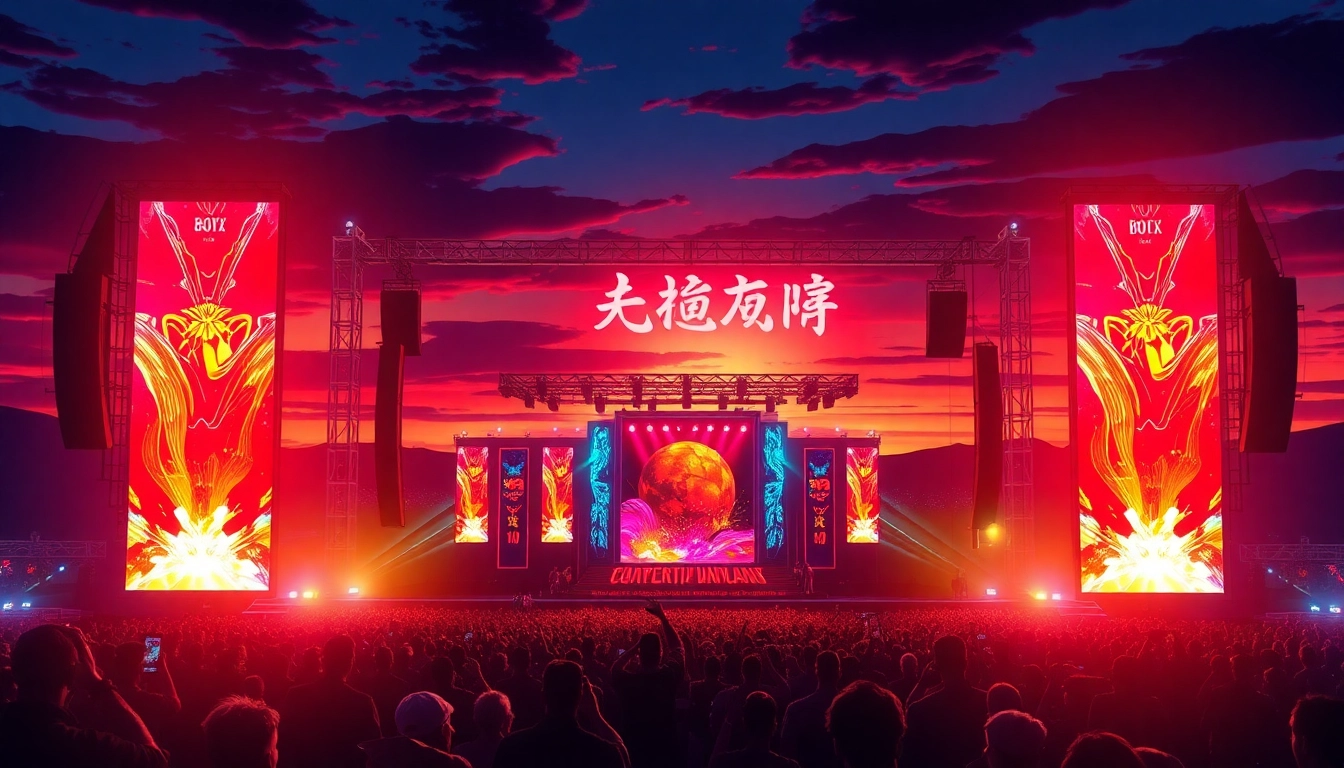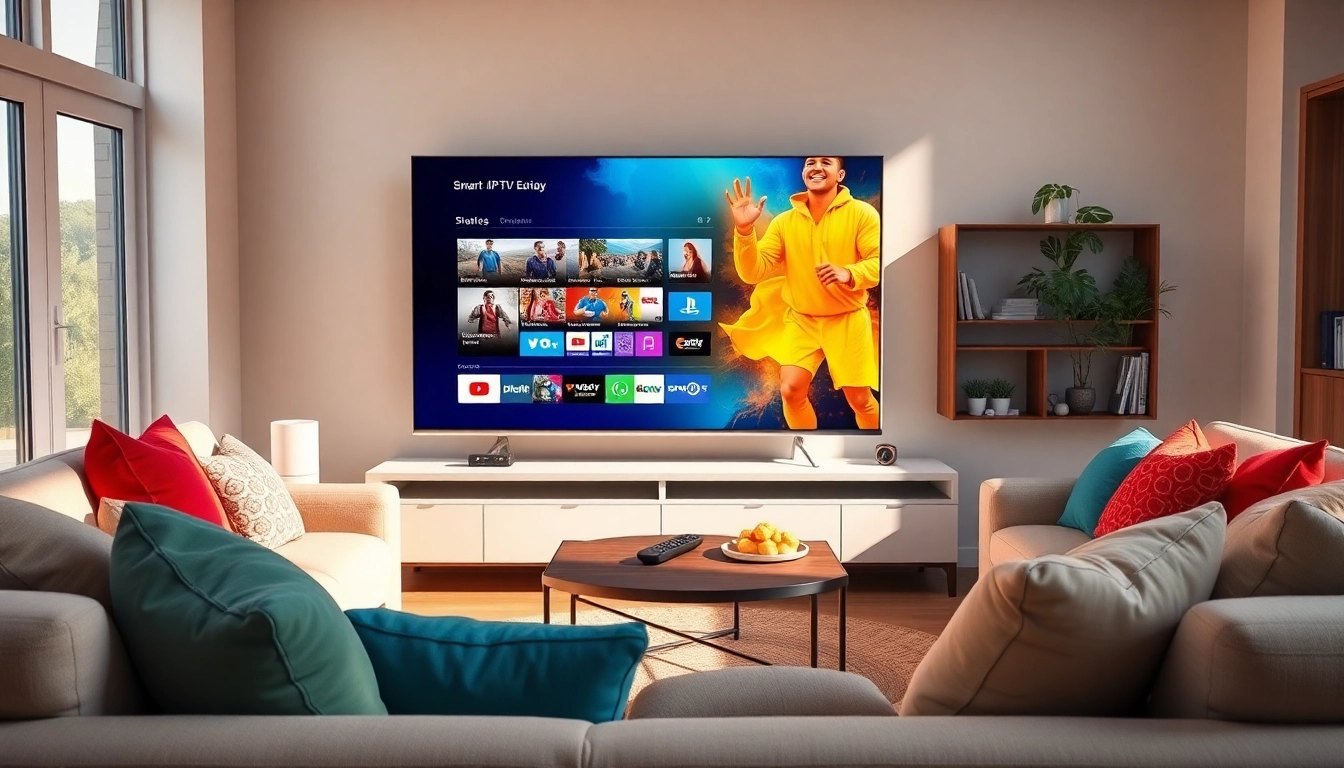Introduction to Spotify Promotion
In today’s digital age, music promotion has transformed significantly, with platforms like Spotify becoming central to an artist’s success. Given the vast number of songs uploaded daily, navigating the Spotify landscape can be daunting. Effective spotify promotion is crucial—not just for getting noticed, but for establishing and maintaining a lasting presence in the industry.
Understanding the Importance of Spotify Promotion
Spotify holds a commanding market share in music streaming, boasting over 400 million active users, including 180 million paying subscribers. This extensive reach presents a golden opportunity for artists. However, simply uploading tracks is insufficient. The competition is fierce, and artists need to engage in strategic promotion to reach their target audience effectively.
Promotion not only helps in gaining followers and streams but also increases the chances of being added to popular playlists, which can exponentially boost an artist’s exposure. Furthermore, data insights from Spotify can guide artists in understanding their audience, refining their sound, and tailoring future releases to meet listener preferences.
Types of Spotify Promotion Services
Various services exist, catering to different promotional needs. Some common types include:
- Playlist Promotion: Getting featured on Spotify-curated or popular user-generated playlists can significantly enhance an artist’s visibility.
- Social Media Marketing: Promoting music through social channels can lead to increased engagement and drive traffic to Spotify.
- Influencer Collaborations: Working with influencers can introduce an artist to new audiences in an authentic way.
- Paid Advertisements: Utilizing platforms like Facebook and Instagram for targeted ads to promote new releases or merchandise.
Overview of the Spotify Algorithm
The Spotify algorithm plays a pivotal role in determining an artist’s success on the platform. It assesses user preferences, listening habits, and engagement metrics to curate playlists, recommend tracks, and display personalized suggestions. Artists who understand how to optimize their music for this algorithm can leverage it to increase their visibility.
Key factors that influence the algorithm include:
- Stream Counts: More streams signal to the algorithm that a track is popular and worthy of promotion.
- User Interactions: Engagement metrics like saves, shares, and playlist additions contribute to a track’s visibility.
- Release Timing: Newly released music tends to receive a promotional boost, especially if an artist maintains consistency.
Creating a Strategy for Effective Spotify Promotion
Identifying Your Target Audience
An essential first step in any promotion strategy is identifying the target audience. Artists should consider demographics such as age, location, and musical preferences. Tools like Spotify for Artists provide valuable analytics showing who is listening to whom, enabling creators to tailor their promotional efforts effectively.
For instance, if an artist discovers that a significant number of their listeners are aged 18-24 and located in urban areas, they might focus their marketing efforts on venues, local events, or social media platforms popular with that demographic.
Setting Achievable Goals for Your Promotion
Once the target audience is identified, artists should set clear and measurable goals for their promotion. Goals can include attaining a specific number of streams in a month, increasing followers by a certain percentage, or getting featured on a particular playlist. Using the SMART criteria (Specific, Measurable, Achievable, Relevant, Time-bound) can help in this process.
Utilizing Data Analytics for Strategic Decisions
Data analytics can be a game changer. Regularly reviewing performance metrics, such as which songs generate the most streams, can provide insights about listener preferences. Spotify for Artists offers an interface to analyze such data, helping artists make informed decisions about future releases, marketing strategies, and even live performances.
Organic vs. Paid Spotify Promotion
Benefits of Organic Spotify Promotion
Organic promotion relies on building a loyal fanbase through authentic engagement rather than paid ads. This can include utilizing social media, engaging with fans through live streams, and optimizing track metadata to enhance discoverability. The benefits include:
- Cost-Effective: Avoiding the high costs associated with paid promotions.
- Authenticity: Engaging directly with fans fosters genuine relationships, leading to a more dedicated follower base.
- Long-Term Growth: Organic growth tends to be more sustainable in the long run.
When to Invest in Paid Promotion
While organic strategies are valuable, there are times when investing in paid promotion can yield significant benefits. For example:
- Launching a New Album: A well-timed ad campaign can create buzz and anticipation.
- Targeting a New Audience: If an artist aims to expand their reach, paid ads can target specific demographics effectively.
- Competing with Other Artists: In a crowded space, strategic ads can ensure visibility over other new releases.
Comparing Organic and Paid Tactics
Both organic and paid promotions have their places in a comprehensive marketing strategy. Organic growth fosters long-term relationships and loyalty, while paid tactics offer rapid visibility and targeted reach. A balanced approach often yields the best results, where artists can utilize organic methods to establish their brand while employing paid tactics for specific campaigns or launches.
Building Playlists for Enhanced Visibility
The Role of Playlists in Spotify Promotion
Playlists serve as the lifeline for music discovery on Spotify, making playlist placement a critical factor in music promotion. Being included on popular playlists can lead to a dramatic increase in streams and followers. Curators often look for trending or well-produced tracks, making high-quality music essential.
Tips for Getting Featured on Playlists
To increase the chances of being featured, artists should consider the following:
- Research Playlists: Identify playlists that align with their genre and audience.
- Personalize Pitch Emails: When reaching out to curators, personalization can make a difference—briefly explain why the track fits their playlist.
- Utilize Spotify’s Own Playlist Submission Tool: Submitting through Spotify’s official channels increases visibility to their editorial team.
Collaborating with Playlist Curators
Building relationships with playlist curators can lead to sustained engagement and potential future placements. Networking can be achieved through social media platforms or music industry events. Additionally, offering to feature their playlists in exchange can be a mutually beneficial arrangement.
Measuring the Success of Your Spotify Promotion
Key Metrics to Track Performance
Once the promotion strategies are in place, tracking the performance is crucial. Key metrics artists should monitor include:
- Stream Count: Indicates overall engagement and popularity of a track.
- Follower Growth: Shows the success of promotional efforts to attract new listeners.
- Playlist Adds: Reflects how well the music resonates with curators and audiences.
Adjusting Your Strategy Based on Performance Data
Regularly analyzing performance data will provide insights into what’s working and what isn’t. If certain promotional tactics consistently fail to yield results, it may be time to pivot the strategy. For example, if paid ads attract listeners but do not translate into followers, re-evaluating the target demographics may be necessary.
Long-term Strategies for Continuous Growth
Successful Spotify promotion requires ongoing effort. Long-term strategies might include:
- Consistent Content Release: Regularly releasing new music keeps listeners engaged and attracts new fans.
- Engagement with Fans: Actively connecting with listeners through social media fosters loyalty and community.
- Adaptation to Trends: Staying aware of industry trends and rapidly adapting promotional strategies can position an artist ahead of the curve.



